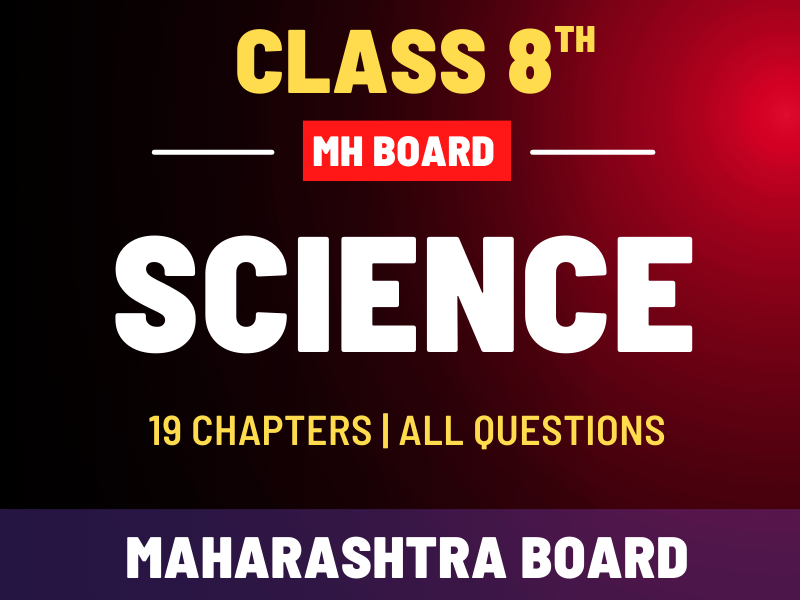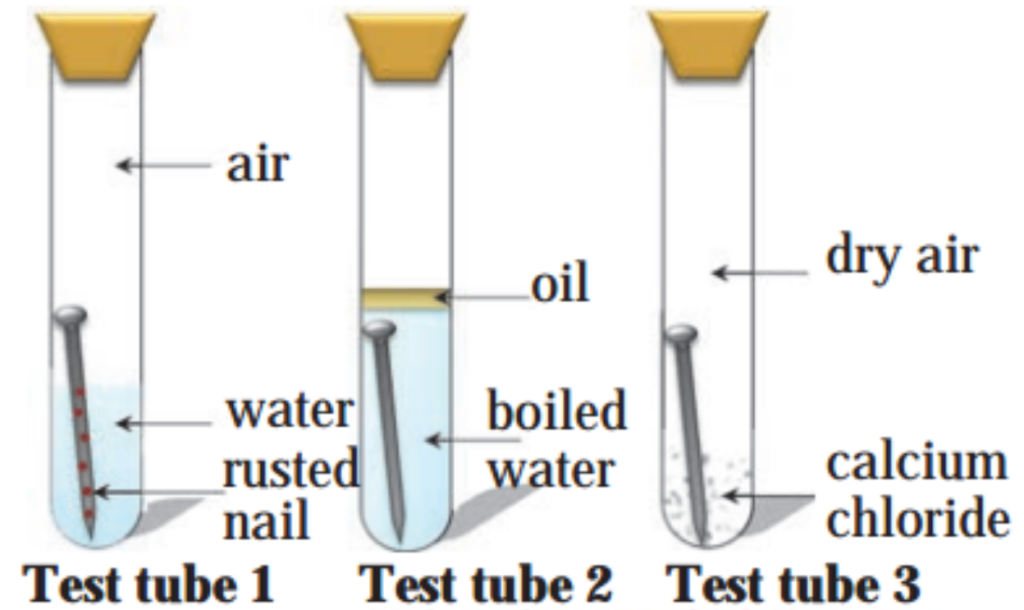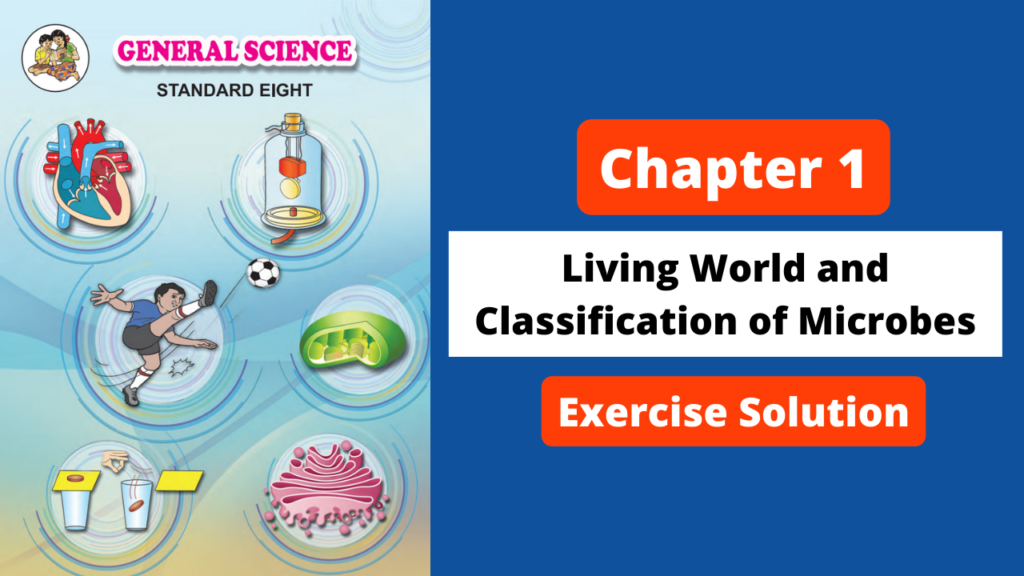
1. Complete the table:

Answer:
| Property of metal | Use in everyday life |
| i. Ductility | i. Gold, silver ornaments |
| ii. Malleability | ii. Aluminium sheets, galvanised sheets |
| iii. Conduction of heat | iii. Stainless steel vessels, copper vessels, boilers |
| iv. Conduction of electricity | iv. Copper wires |
| v. Sonority | v. Brass articles |
2. Identify the odd term.
a. Gold, Silver, Iron, Diamond.
Answer:
Diamond. (Others are metals.)
b. Ductility, Brittleness, Sonority, Malleability.
Answer:
Brittleness. (Other properties are metallic properties.)
c. Carbon, Bromine, Sulphur, Phosphorus.
Answer:
Bromine. (Others are solids.)
d. Brass, Bronze, Iron, Steel.
Answer:
Iron. (Others are alloys.)

3. Give scientific reasons:
a. The stainless steel vessels in kitchen have copper coating on the bottom.
Answer:
- Stainless steel is an alloy of iron ; with carbon, chromium and nickel.
- The conductivity of copper is higher than that of iron in steel. Copper heats uniformly and faster. The time for cooking is reduced, as a result it saves fuel. Hence, the stainless steel vessels in kitchen have copper coating on the bottom.
b. Copper and brass vessels are cleaned with lemon.
Answer:
- Copper undergoes oxidation in air to form black copper oxide. Copper oxide reacts slowly with carbon dioxide in air and gains a green coat. This green substance is copper carbonate.
- Lemon contains acid. The acid dissolves the green coating of basic copper carbonate present on the surface of a tarnished copper and brass vessels and makes them shiny again.
c. Sodium metal is kept in kerosene.
Answer:
- Sodium reacts so vigorously with atmospheric oxygen and water that it catches fire if kept in the open.
- It does not react with kerosene and sinks in it. Hence, to protect sodium and to prevent accidental fires it is always kept in kerosene.
4. Answer the following:
a. What is done to prevent corrosion of metals?
Answer:
By applying a layer of paint, oil, grease or varnish on the surface of a metal to prevent corrosion. Also plating with noncorroding metal is done. Iron is coated with thin layer of zinc. Due to these processes the contact of metal surface with air is lost and corrosion is prevented.
b. What are the metals that make the alloys brass and bronze?
Answer:
The alloy brass is formed from copper and zinc and the alloy bronze is formed from copper and tin.
c. What are the adverse effects of i corrosion?
Answer:
- A reddish coloured deposit (rust) is formed on iron by reaction with oxygen gas.
- A greenish coloured deposit (copper carbonate) is formed on copper by reaction with carbon dioxide.
- A blackish coloured deposit is formed (silver sulphide) on silver.
- Corrosion causes damages to car bodies, bridges, iron railings, ships specially those of iron, silver articles and copper vessels.
c. What are the uses of noble metals?
Answer:
Uses of Noble Metals:
- Gold, silver and platinum are used to prepare ornaments.
- Silver is used in medicines. (It has antibacterial property).
- Gold and silver are also used to make metals and few electronic devices.
- Platinum, palladium metals are used as catalyst.
5. Three experiments to study the process of rusting are given below. Observe the three test tubes and answer the following questions.

a. Why the nail in the test tube 2 is not rusted?
Answer:
In the test tube 2, oil cuts the supply of air to nail due to which oxidation of nail is prevented and boiled water is free from gases. Hence, the nail in the test tube 2 is not rusted.
b. Why is the nail in the test tube 1 is rusted highly?
Answer:
The nail in test tube 1 is highly rusted because nail is in contact with water and air. The oxidation process is fast.
c. Would the nail in test tube 3 get rusted?
Answer:
No change is observed in the test tube 3. Nail remains as it is because the calcium chloride absorbs moisture, making the air dry, thus preventing rusting of the nail.


